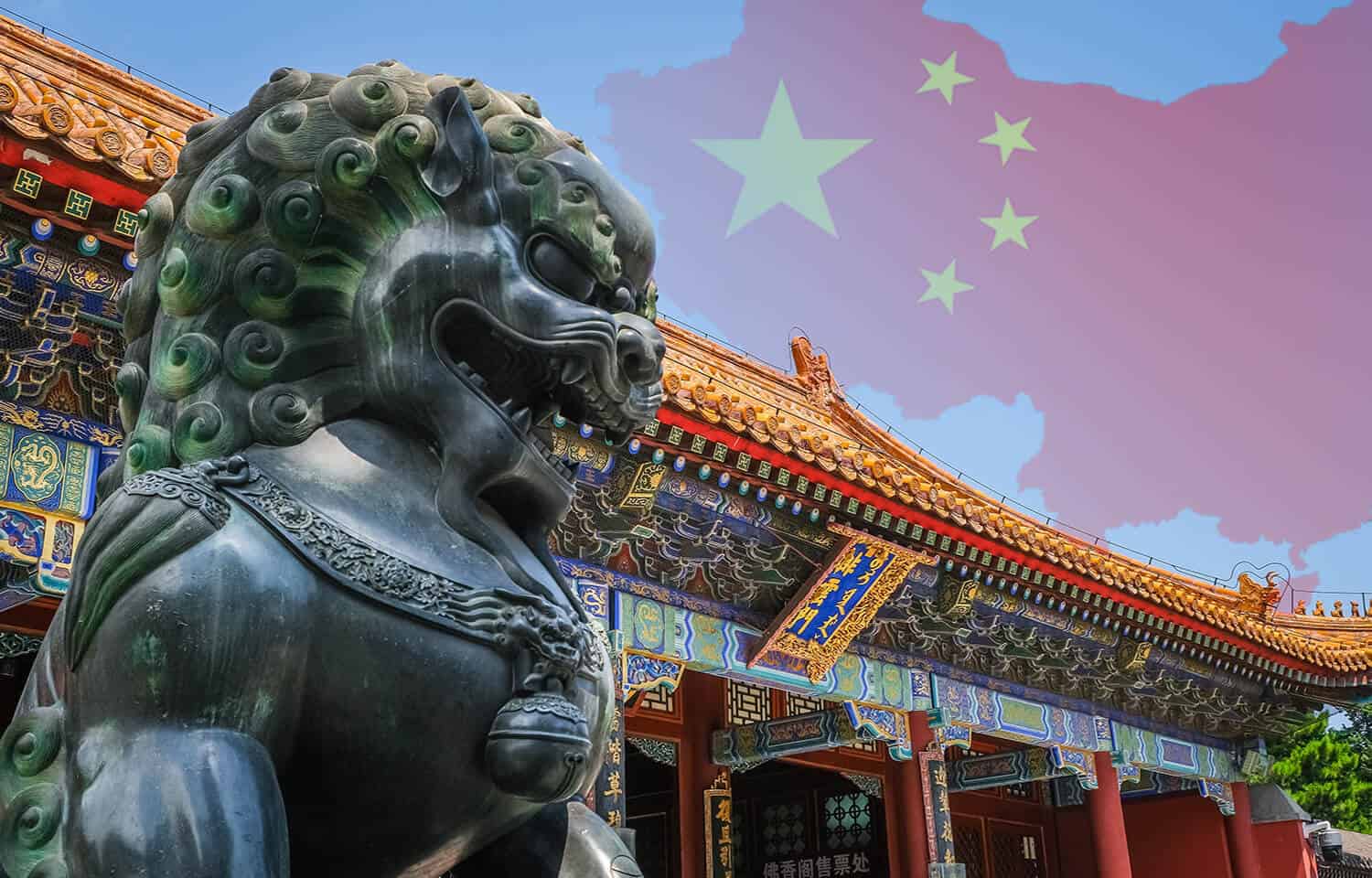What languages are spoken in China?

Around 1.4 billion people live in China, which makes it four times larger than the population of the United States. It is considered the third-largest country in the world as it covers approximately 9,600,000 square kilometers.
China is also an amazing destination for tourists. There are many historical and natural sites worth visiting, like the Great Wall of China, the Terracotta Army, the world’s largest ancient palace, and the Forbidden City.
In a population that exceeds 1.4 billion, asking “What language is spoken in China?” is like asking what language is spoken in Europe.
Why? Because there are more people in China than there in all of Europe.
In this article, we will look at all the languages spoken in China and explain why the country has one of the most diverse languages in the world.
How many languages are spoken in China?
China has about 56 ethnic groups, each playing a critical role in developing the various spoken languages in the country.
There are around 297 living languages in China. The majority of these languages are geographically defined and found in Mainland China, Taiwan, Hong Kong, and Tibet, and divided into 8 to 10 main groups, each with sub-dialects.
Additional Reading: The Difference between Simplified Chinese and Traditional Chinese
Here are some details about the main languages:
Language #1: Mandarin
Mandarin, also known as “Putonghua” or the “Common tongue”, is the official language of China since 1913 with over 955 million speakers. The language is taught in all schools in China and has many dialects with speakers located mainly in major cities like Tianjin or Shenyang.
Language #2: Standard Chinese (Modern Standard Mandarin)
Standard Chinese is one of Mandarin’s many dialects and has been one of the official languages of China since the 19th century. About 70% of the population of mainland China can speak Standard Chinese but only 10% speak it fluently. The language uses both simplified Chinese and traditional Chinese characters in its written format.

Language #3: Cantonese (Yue)
Cantonese is one of the main languages with over 60 million speakers. Even so, it is considered one of the few dying languages in China. The Majority of Cantonese speakers live in the Guangdong Province, Hong Kong, and Macau, with different dialects for each region. The language mainly uses Traditional Chinese in its written format.
Language #4: Gan
This language is spoken widely in many parts of western China by over 41 million speakers. The majority of them are located in the provinces of Jiangxi, Fujian, Hubei, and Hunan. Gan has five primary dialects: Yingyi, Jiliang, Yiping, Fuguang, and Changing.
Language #5: Hakka
Hakka is the closest language to Gan as both languages borrowed much of their vocabulary from Cantonese. The language has about 47 million speakers in China, mostly located in the provinces of Sichuan, Jiangxi, Guangdong, Hunan, and Guangxi.

Language #6: Min
Min is spoken mainly in Fujian province, as well as parts of Taiwan, Hainan, Guangdong, and Zhejiang. The language is divided into Northern Min and Southern Min with over 40 million speakers.
Language #7: Wu (Shanghainese)
Wu languages are a variety of dialects spoken mainly in the eastern region of China, around Shanghai, parts of southeastern Jiangsu province and the Zhejiang province. The language has about 85 million speakers in China only.
Language #8: Xiang (Hunanese)
This language comes from the Hunan province with over 36 million speakers. The language is divided into New Xiang, which is influenced by the Mandarin language, and Old Xiang, which is mainly closer to Wu languages.
Conclusion
With a large population and being one of the most ancient civilizations in the world and popular with tourists, China is home to many languages and dialects. You can see that almost every part of the country has its own dialect and language as well. So if someone asked you, “How many languages are spoken in China?” you can simply answer, “Many”, and give them a link to this article.
